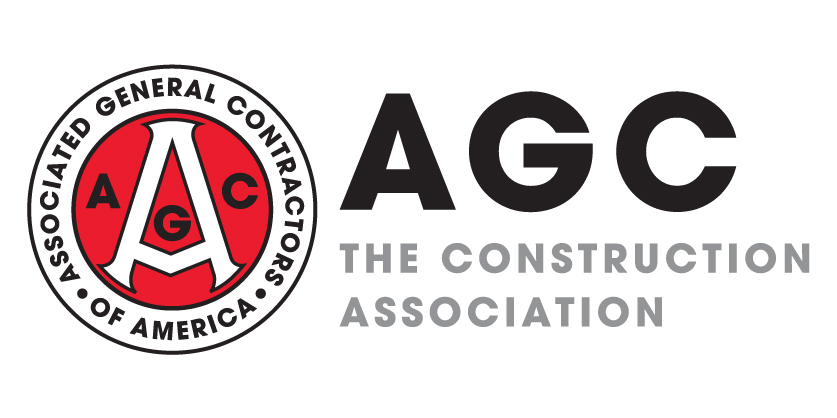
Contractors' bid prices increased 0.2% from May to June, while materials and services input costs declined 0.6% for the month, based on the latest producer price indexes (PPIs) that the Bureau of Labor Statistics (BLS) posted on Friday. Compared to June 2018, the PPI for new nonresidential building construction—a measure of the price that contractors say they would charge to build a fixed set of buildings—rose 5.4%. Increases ranged from 4.1% year-over-year (y/y) for new office construction to 4.5% for health care buildings, 5.1% for warehouses, 6.6% for industrial buildings and 7.2% for schools. Increases in PPIs for subcontractors' new, repair and maintenance work on nonresidential buildings ranged from 1.9% y/y for roofing contractors to 5.8% for electrical and plumbing contractors and 7.1% for concrete contractors. In contrast to these output prices, the PPI for inputs to construction—excluding capital investment, labor and imports—was unchanged y/y, a sharp deceleration from the 7.8% increase one year earlier. This index covers both goods (56%) and services (44%). The PPI for energy inputs to construction tumbled 13% y/y. The PPI for nonenergy goods inputs declined 1.3% y/y; the index for services inputs increased 1.8% y/y. Price increases turned negative for some previously fast-rising inputs such as diesel fuel (down 22% y/y, following a 52% jump a year earlier), steel mill products (-3.4% y/y, following a 12% gain); aluminum mill shapes (-7.5%, following a 19% gain); gypsum products (-8.1% y/y, following a 3.5% gain); copper mill shapes (-10%, following a 17% gain) and lumber and plywood (-18%, following a 19% gain). In contrast, the PPI for architectural coatings rose 8.2% y/y vs. 4.9% a year earlier.
Nonfarm payroll employment in June increased by 224,000, seasonally adjusted, from May and by 2,301,000 (1.5%) y/y from June 2018, BLS reported on July 5. The unemployment rate was 3.7%, up slightly from the May rate of 3.6%. Construction employment increased by 21,000 for the month and 224,000 (3.1%) y/y to 7,508,000, the highest mark since November 2007. Average hourly earnings in construction rose 3.2% y/y to $30.73, 10% above the average for all private-sector employees ($27.90, a 3.1% y/y increase). The unemployment rate in construction, not seasonally adjusted, fell from 4.7% in June 2018 to 4.0%, the lowest June rate since the series began in 2000, and the number of unemployed jobseekers with construction experience declined to 390,000 (down from 466,000 in June 2018), virtually matching the previous June low of 389,000 in June 2000. (Not-seasonally-adjusted data can be affected by normal weather and holiday patterns and thus should not be compared to levels in other months.)
There were 369,000 job openings in construction at the end of May, not seasonally adjusted, a jump of 90,000 (32%) from May 2018, and the highest total for May since the series began in December 2000, BLS reported on July 9 in its latest Job Openings and Labor Turnover Survey (JOLTS) release. The industry hired 526,000 employees in May, not seasonally adjusted. Together, the record-high job openings at the end of May, record-low construction unemployment rate in June, and nearly 50-year low for the total unemployment rate underscore the challenge that contractors face in finding acceptable workers to hire. Contractors are invited to fill out the 2019 Autodesk and AGC of America Workforce Survey, to be released on August 27.
Construction spending totaled $1.294 trillion at a seasonally adjusted annual rate in May, 0.8% below the upwardly revised April rate and down 2.3% from May 2018, the Census Bureau reported on July 1. The year-to-date total for January-May combined was 0.3% lower than in the same months of 2018. Public construction slipped 0.9% for the month but jumped 12% year-to-date. Of the three largest public segments, highway and street construction soared 18% year-to-date; educational construction, 7.9%; and transportation, 6.8%. Private residential spending slid 0.6% in May and 8.2% year-to-date. New multifamily construction rose 8.9% year-to-date; new single-family construction, -6.5%; and residential improvements, -16%. Private nonresidential spending declined 0.9% in May but increased 2.0% year-to-date. Of the four largest components, power gained 1.0% year-to-date (comprising electric power, -1.0%, and oil and gas pipelines and field structures, 7.1%); commercial, -9.7% (comprising retail, -19%, and warehouse, 0.9%); manufacturing, 11%; and office, 8.5%. Census posted, "Due to the lapse in federal funding from December 22, 2018 through January 25, 2019, annual revisions will be released later than normal," with both national and state data to be posted on September 3 instead of July 1 and August 1, respectively.
Construction employment, not seasonally adjusted, increased between May 2018 and May 2019 in 249 (70%) of the 358 metro areas (including divisions of larger metros) for which BLS provides construction employment data, fell in 57 (16%) and was unchanged in 52, according to an analysis AGC released on July 3. (BLS combines mining and logging with construction in most metros to avoid disclosing data about industries with few employers.) The largest gains again occurred in Phoenix-Mesa-Scottsdale (15,100 construction jobs, 12%), followed by the Los Angeles-Long Beach-Glendale division (9,200 construction jobs, 6%). The largest percentage gain occurred in Monroe, Mich. (25%, 500 combined jobs), followed by Auburn-Opelika, Ala. (20%, 500 combined jobs). The largest job loss occurred in Baton Rouge, La. (-3,100 construction jobs, -6%), followed by the Chicago-Naperville-Arlington Heights division (-1,800 jobs, -2%). The largest percentage loss occurred in Danville, Ill. (-17%, -100 combined jobs), followed by Atlantic City-Hammonton, N.J. (-15%, -1,000 combined jobs). Construction employment reached a record high for May in 67 metros (dating back in most areas to 1990); three areas set a new May low.




